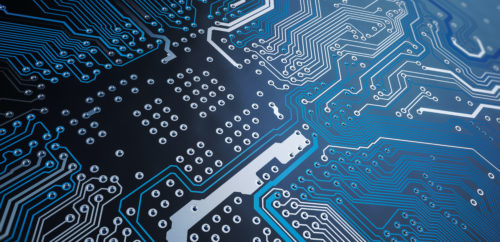
Printed circuit boards (PCBs) are self-contained modules of interconnected electronic components found in practically all modern electrical devices. Creating a high-quality, reliable PCB for a given application requires careful consideration of the materials used in its construction and how they respond to various environments.
In this PCB material selection guide, we will provide an overview of the materials available for PCB manufacturing and some of the application-specific considerations required to optimize the performance of your PCB for your use case.
- Types of PCB Materials
- Materials Used for PCB Fabrication
- Choosing the Best PCB Material – Key Considerations
- PCB Types and Common Applications
Types of PCB Materials
While most PCBs are custom-designed for specific applications, they all consist of the following basic elements:
- Non-conductive substrate. The PCB’s non-conductive substrate is the physical foundation that holds the traces, pads, and components. Substrates can be made from a variety of materials, each of which has distinct properties that affect PCB performance.
- Conductive pathways. Copper’s strong electrical conductivity makes it a popular material choice for creating the PCB circuitry. One or more thin layers of copper foil are laminated to the substrate, and conducting tracks, pads, and vias are etched into them. Located on the internal and/or external layers of the board, these copper circuits become the conductors that electrically connect the various components.
- Soldermask. A liquid polymer soldermask coats the copper traces of the PCB, adding an insulating layer that protects against oxidation and helps prevent the formation of solder bridges between tightly-spaced solder pads. While a wide range of soldermask colors are available, green tends to be the standard since it provides good contrast and ensures clear visibility of the PCB components.
- Silkscreen. Located above the soldermask, the silkscreen is an ink trace layer used to mark part numbers, component values, test points, and other relevant information for assemblers and users.
Materials Used for PCB Fabrication
Several materials are available for PCB construction, all of which have distinct electrical, mechanical, and physical properties that make them suited for specific purposes. Some of the most commonly-used circuit board materials include:
Choosing the Best PCB Material – Key Considerations
When researching material options, make sure to account for the PCB’s intended application and the type of environments it will encounter during use. Also consider any industry-specific standards and regulatory requirements to make sure the final product meets relevant safety and performance specifications.
Some key considerations to help guide your decision include:
- Cost. In general, the more specialized or complicated the PCB design, the more expensive the final product. Features such as impedance-controlled traces, gold fingers, blind or buried vias, and via fillings naturally increase PCB cost, as they require additional manufacturing steps to complete. Similarly, unusually close line/width spacing requirements can add difficulty and expense to the manufacturing process. When designing a PCB, find a reasonable balance between technical and economic factors to achieve a product that is both well-engineered and cost-effective.
- Power and heat. Power and heat are two of the most important factors influencing PCB performance. Determining their thresholds by evaluating the PCB’s thermal conductivity is critical to understanding how the board will function in certain applications. A PCB made from a material with low conductivity, for example, will heat more easily and might not be well-suited to heat-intensive environments.
- Application. PCBs are compact, lightweight, and easy to customize, making them suitable for virtually any modern electronic device. They can be single-sided, double-sided, or multilayered to accommodate varying component densities. As mentioned above, PCBs perform best when their materials are carefully chosen to meet the application’s specific requirements. For example, PCBs designed for the medical industry are typically built from durable, lightweight materials that facilitate installation into hearing aids, handheld instruments, and other compact devices. Likewise, high-powered military devices usually require PCB materials with a low dissipation factor and high thermal conductivity.
- Durability/quality. Regardless of the PCB’s intended use, it is important to prioritize durability and quality when deciding among material options. The reliability, functionality, and longevity of the PCB depend on the quality of the materials used in their construction. Even in less critical applications, PCB substrates must be strong enough to withstand occasional vibration or impact without causing the device to fail.
PCB Types and Common Applications
PCBs can be classified into various types depending on the type of substrate used and the level of flexibility it provides. These include:
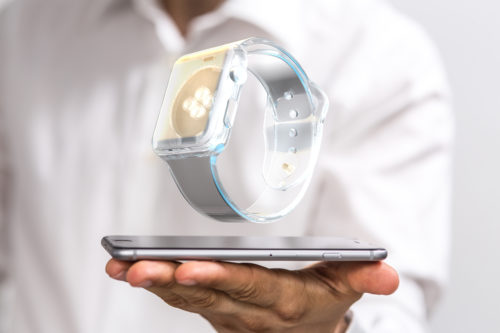 Rigid-Flex PCBs
Rigid-Flex PCBs
Rigid-flex PCBs integrate both rigid and flexible substrates into their design, allowing them to flex at certain points and remain rigid at others. The rigid substrates provide stability where most of the components or connectors will be mounted, while the attached flexible substrates extend outward and allow the PCB to bend around a device’s internal corners.
This hybrid design enables greater space utilization and superior signal transmission reliability, making rigid-flex PCBs perfect for:
- Portable medical devices
- Automobiles
- Smartphones
- Wearable electronic devices
- Digital cameras
- Precision military applications
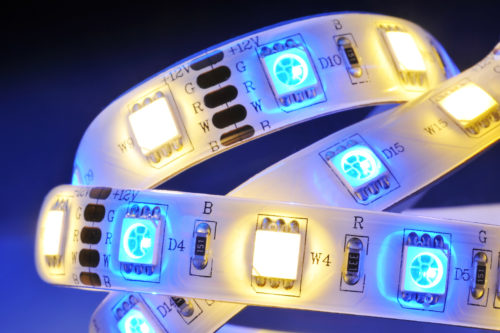 Flex PCBs
Flex PCBs
Flex PCBs utilize a thin, flexible polymer film as the substrate for the circuitry. This allows for maximum functionality and space utilization in devices with space limitations or complex configurations. In addition to the design flexibility they offer, flex PCBs can tolerate high heat levels and repeated exposure to shock and vibration.
These properties make them well-suited for:
- Military devices
- Ruggedized computers
- Implantable medical devices
- Cameras
- Calculators
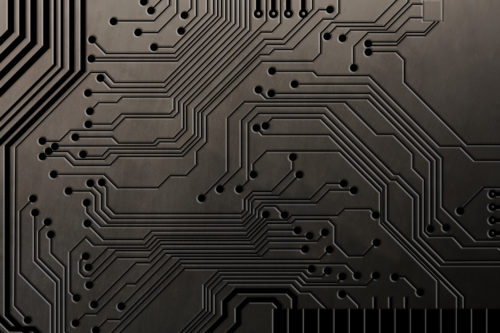 Metal Core PCBs
Metal Core PCBs
Metal core PCBs utilize a base metal material that manages heat distribution. The metal material redirects heat away from critical components, protecting them from premature failure and preventing issues related to overheating. The integration of a dielectric polymer layer allows metal core PCBs to provide high thermal conductivity and low thermal resistance. In lighting applications, for example, these PCBs allow for quick and efficient cooling to maintain a consistent output of light.
Applications of metal core PCBs include:
- Street safety lighting
- Automotive LEDs
- Hybrid/electric motor control
- Backlighting
- Power converters
- Video and television equipment
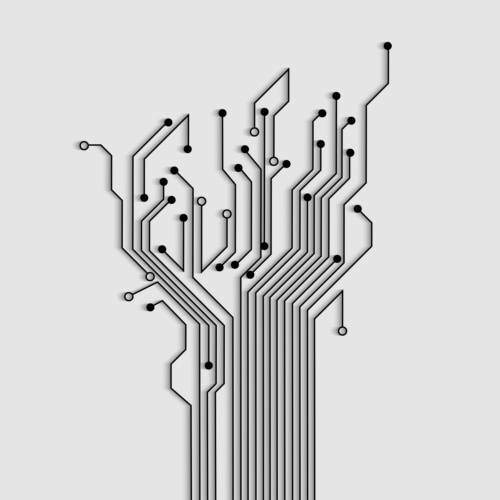 Contact RedStar for Your PCB Needs
Contact RedStar for Your PCB Needs
Printed circuit boards are integral to modern electronics across a wide range of industries. Matching the PCB’s material composition to its application requirements is essential for ensuring optimal functionality, longevity, and reliability.
At RedStar Worldwide, our partnerships with reputable domestic and international suppliers help us quickly identify and source high-quality, affordable PCB solutions for a variety of applications. As a quality-conscious and detail-oriented provider, we coordinate closely with manufacturers to ensure that each PCB is designed and constructed to deliver reliable, long-lasting performance.
To see how our PCB solutions and other capabilities can support your project, please contact us today or request a quote.

